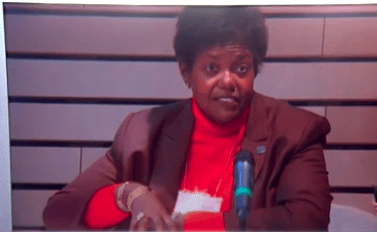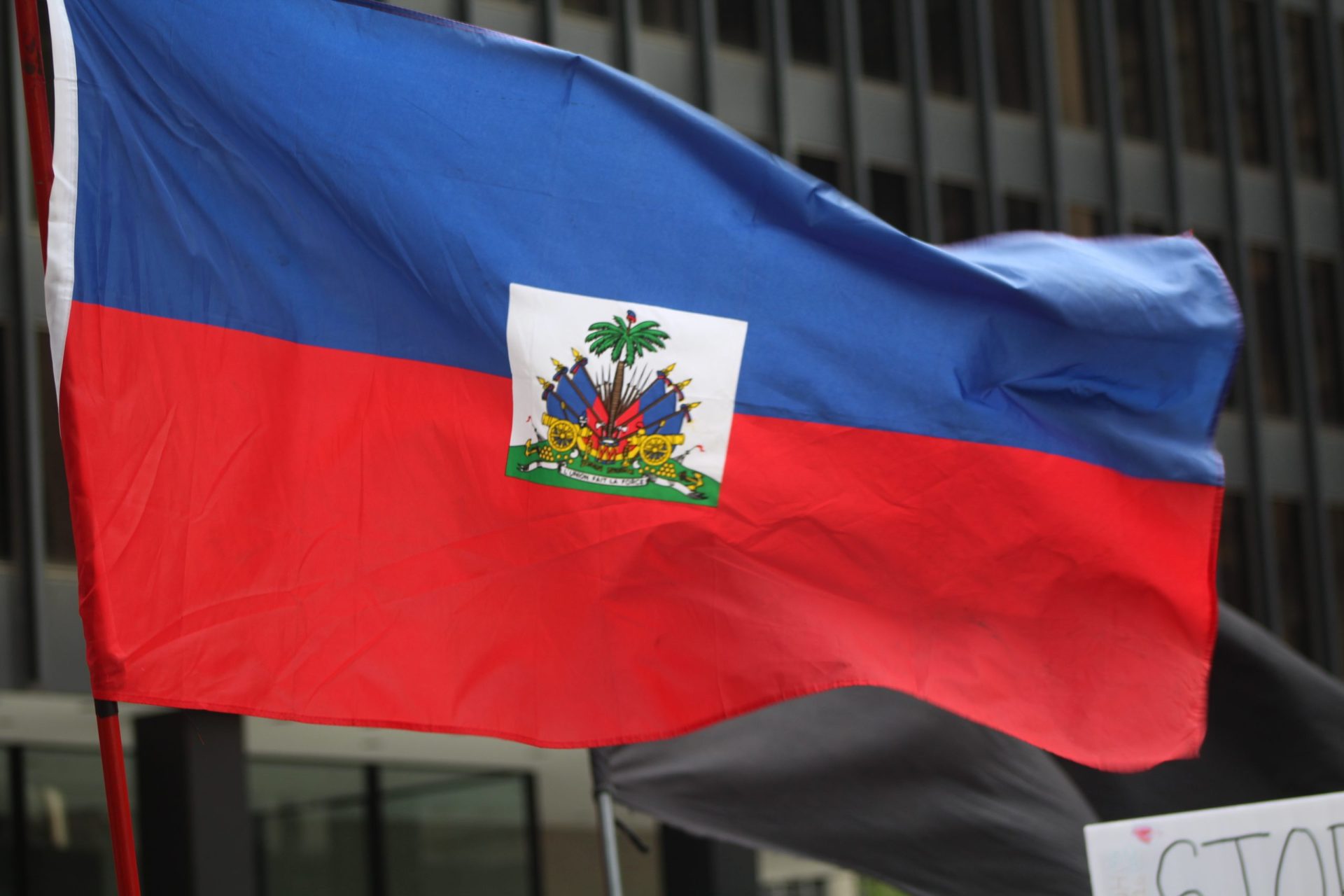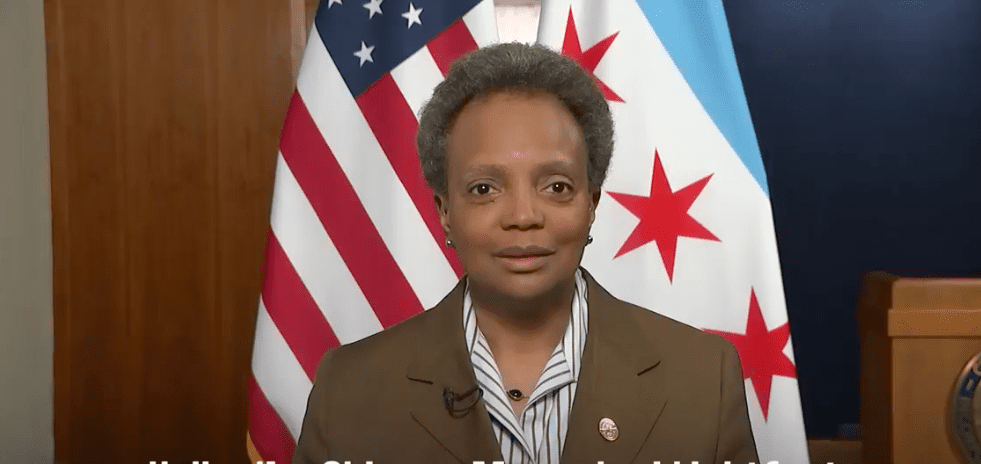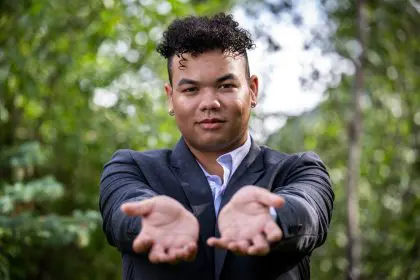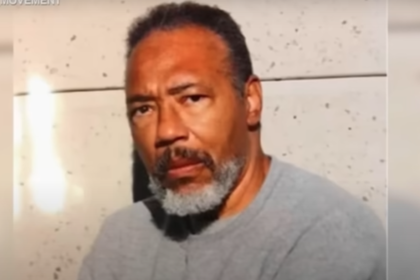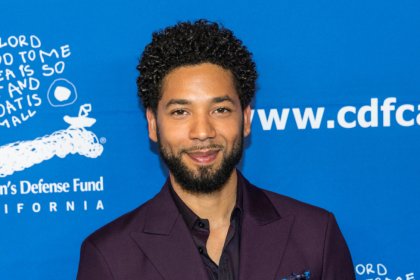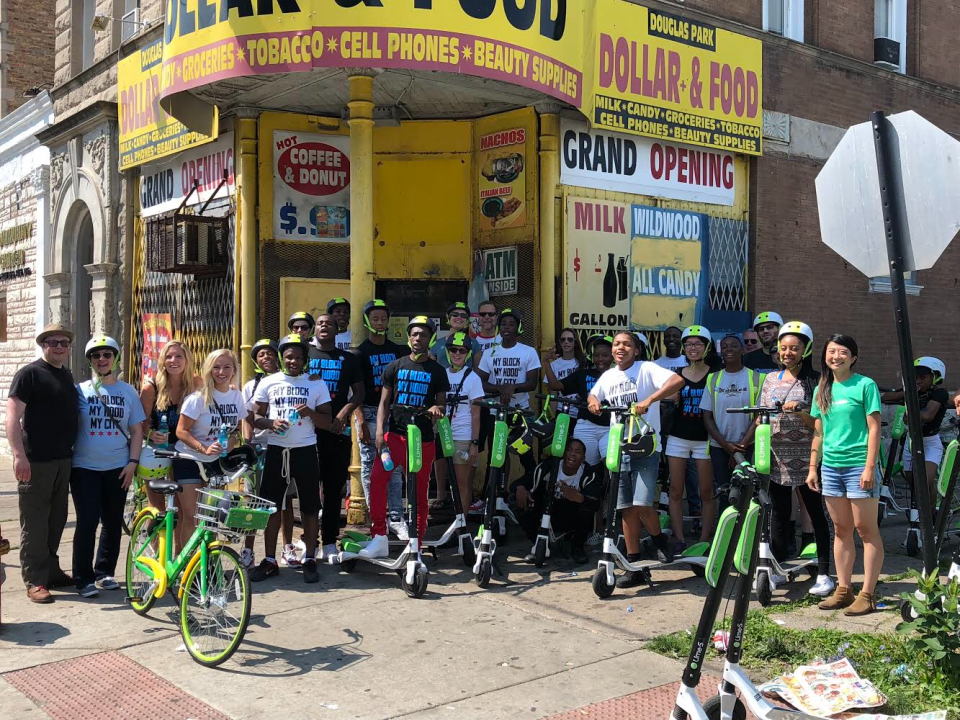
Bike sharing has become the norm across many major cities in the nation. When traveling the downtown and North Side communities of Chicago, the abundance of bicycles and bike lanes are proof that it’s more than just a fad. However, many areas remained underserved. Rolling out recently spoke with Nico Probst, the managing director of Lime a bike sharing company that is addressing the needs of underserved communities. Probst details some of the ways Lime plans to increase access to make the services more equal across the city of Chicago.
Talk to us about why it was important to make this bike sharing program available on the South Side of Chicago?
Lime’s vision is to make the world more sustainable, efficient, and enjoyable. We are revolutionizing urban mobility by helping communities solve first and last mile transportation challenges and providing a system that:
- Supports efficient, affordable, and healthier transportation;
- Complements existing transit programs, reducing congestion and freeing up parking;
- Supports a more vibrant community; and
- Reduces local pollution from short, inefficient trips.
At no cost to the city, we have had the privilege to serve South Side residents with a convenient and easy-to-use mobility system that is an efficient, healthy, and affordable way to get around town. Our goal in serving the South Side of Chicago is to help the community take the leap to becoming a smarter, more mobile city.
Lime is the nation’s largest dock-free bike sharing company and provides transportation solutions to more than 100 communities across the country. We are extremely proud of our track record of partnering with local officials to build the future of urban transportation. Our goal of revolutionizing transportation options across the country means we enthusiastically serve everyone. This means not only providing discounted access to students and teachers, but ensuring that no one is denied access due to financial or technological challenges. We achieve this goal through implementing robust equity programs.
How is Lime benefiting the communities they are in, besides offering this accessible transportation?
Lime is differentiated by our commitment to community relations. We partner with city and community leaders so our multimodal fleet can best serve the needs of their residents and visitors. Being a part of the communities where we operate is fundamental to transforming transportation and one of the most important ways we do that is through hiring a local team that is representative of the community we serve. In Chicago’s dockless bike pilot program for example we have formed incredible partnerships with Chicago CRED and Skills for Chicagoland’s Future to help with our hiring efforts. To-date our local operations team is comprised of 90 percent of individuals of color.
There are currently 50 bikes on the South Side. What is your goal with respect to the number of bikes you make available?
Our goal is to serve all residents of the South Side, and through this pilot we’re hoping to show how our dock-free mobility model can help the community area reach and exceed their transportation and sustainability goals. While we feel 50 bikes aren’t nearly a large enough fleet of e-bikes to truly meet the demand of the residents in the pilot area, we are working with the City of Chicago to show that our multimodal mobility options can make transportation more convenient, affordable and accessible.
What has the pilot program shown you?
What we have seen thus far is incredible ridership and a keen interest in expanding this program to create a lasting new transportation option for all residents. While we’re only operating 50 e-bikes in the pilot area, we’ve had thousands of rides and riders. There clearly is a demand for this new form of transportation and our hope is, as we discuss this data with the City, we can expand on the success of the program through a larger fleet of e-bikes to better serve the community.
Who would the public contact to request that Lime stays or is brought to their neighborhood?
Contact your Alderman and tell them you want to expand this program and that the community needs more bikes to better serve all residents of Chicago.
How have participants received this program thus far? What are they saying?
The constant feedback we have received is that there simply aren’t enough bikes in the pilot area. People have been hoping for a bike-share program to come to their neighborhood for quite some time, and now that bikes have been on the ground for a limited amount of time, residents are definitely hoping to see this program expanded so their transportation needs can be consistently served.


